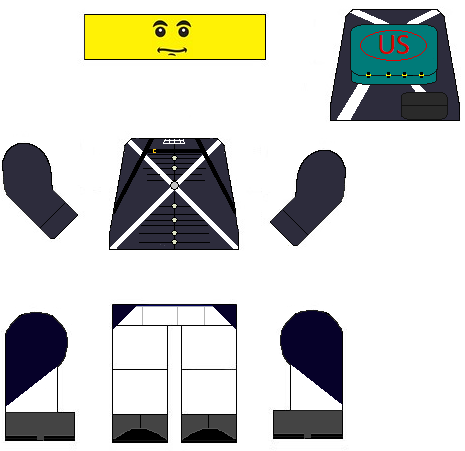HOME | DD
 big11111 — WW2 German Heer General
big11111 — WW2 German Heer General

Published: 2020-04-23 00:31:02 +0000 UTC; Views: 312; Favourites: 2; Downloads: 1
Redirect to original
Description
The Oberkommando des Heeres (OKH) was Germany's Army High Command from 1936 to 1945. In theory, the Oberkommando der Wehrmacht (OKW) served as the military General Staff for the German Reich's armed forces, coordinating the Wehrmacht (Heer, Kriegsmarine, and the Luftwaffe) operations.In practice, the OKW acted in a subordinate role as Hitler's personal military staff, translating his ideas into military plans and orders, and issuing them to the three services.
However, as the war progressed the OKW found itself exercising increasing amounts of direct command authority over military units, particularly in the west. This created such a situation that by 1942 the OKW was the de facto command of Western Theatre forces while the Army High Command (OKH) was the same on the Eastern Front.
The Abwehr was the army intelligence organization from 1921 to 1944. The term Abwehr (German for "defense", here referring to counter-intelligence) had been created just after World War I as an ostensible concession to Allied demands that Germany's intelligence activities be for defensive purposes only. After 4 February 1938, the name Abwehr was changed to the Overseas Department/Office in Defence of the Armed Forces High Command (Amt Ausland/Abwehr im Oberkommando der Wehrmacht).
Nazi Germany used the system of military districts (German: Wehrkreis) to relieve field commanders of as much administrative work as possible and to provide a regular flow of trained recruits and supplies to the field forces. The method OKW adopted was to separate the Field Army (OKH) from the Home Command (Heimatkriegsgebiet) and to entrust the responsibilities of training, conscription, supply, and equipment to Home Command.

























